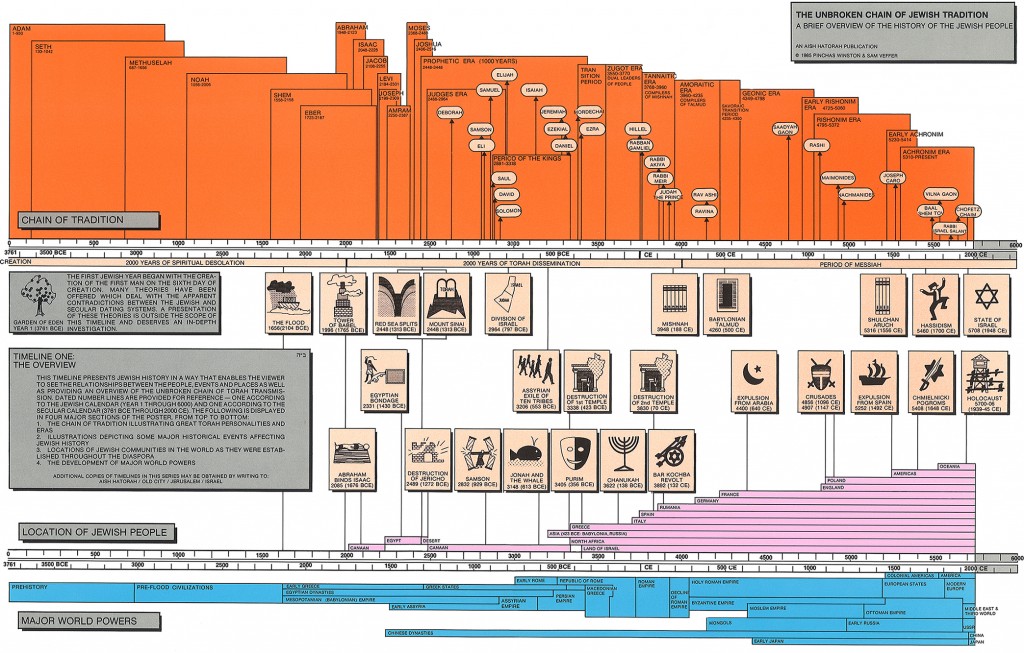Discover why every translation of Torah is a commentary of only one nuance… and how to get the “whole picture”
The entire Book of Devarim is one long sermon given by Moshe and a retelling of the Torah (hence the English name Deuteronomy).
It begins with the verse:
“These are the words which Moshe spoke (Diber – דיבר) to all Israel…” (Devarim 1:1)
The word “Diber – דיבר” (spoke) indicates a “harsh” method of communicating, rather than the softer expression of “Amar – אמר” ( said). This indicates that the entire Book of Devarim is Moshe’s retelling and explaining of the Torah as rebuke and warning to the People of Israel that they must uphold the Torah when they enter the Land.
Elucidating the Torah
But it is in the fifth verse that we find a very unusual Hebrew expression:
“Across the Jordan [River, on the eastern bank] in the land of Moav, Moshe began elucidating (Be’er – באר ) this Torah, saying…” (Devarim 1:5)
This is the first time the word “Be’er” (elucidate, explain, make clear) is used in the Torah in this way. The only other time it is used is in Devarim 27:8 where Moshe is commanded to write out a copy of the Torah on the stones of the altar to be built on Mount Ebal after they cross the Jordan River and enter the Land of Israel.
“And you shall write upon the stones all the words of this Torah very clearly (Be’er heitev)”
Rashi explains that in both cases the word “Be’er” (explain clearly or elucidate) means to explain it, or in the second case write it … IN SEVENTY LANGUAGES!
Why Seventy Languages?
This is kind of curious. Moshe’s audience are the CHILDREN of the generation of the Exodus from Egypt. They had grown up in the desert speaking Hebrew. What is the need for translations into seventy languages?
The Tiferet Yisrael tells us that when God spoke at Mount Sinai each of the commandments split into seven parts and then again split into 70 parts corresponding to the 70 languages of the 70 nations.
The Otzar Midrashim explains that when Moshe ascended the mountain after the revelation at Sinai, he received during the forty days the Oral Torah which elucidated for him the 70 aspects and underlining meanings of each word. These nuances corresponded to the 70 languages of the nations of the world.
The number seventy represents a totality. When we say seventy nations, we mean the totality of nations. So when the Torah was communicated at Sinai in Hebrew (Lashon HaKodesh) that one language contained hidden within it all the seventy underlying nuances and messages. Just like white light can be exploded into a rainbow of colors, where each color represents a single aspect of the white light, so too Torah can be split into 70 languages, each language (translation) representing a single nuance or aspect of the totality of Torah.
Torah for the Nations
The Netivot Olam tells us that the Torah was first given at Sinai and then revealed to Moshe again in the Ohel Moed (Tabernacle in the Desert). Both these revelations were specifically for the Children of Israel. This third time, on the plains of Moav, the Torah is explained by Moshe in 70 languages so that the Children of Israel would be able to communicate it to the Nations of the World.
We can now understand that any translation of the Torah is considered a commentary and explains one aspect of the Torah. There are another 69 other messages that need to be learned.
The Unbroken Chain of Tradition
The Jewish People have an unbroken tradition (Mesorah) of receiving all of these 70 aspects of Torah. The wisdom has been transmitted faithfully from one generation to the next over the past 3,300 years.
So, if you are studying Torah in English, or any other language, please realize you are reading an explanation of only one aspect of the message. To get the full picture you need to learn the other 69 aspects from someone who has learned it in the original Hebrew (Lashon HaKodesh) and who is connected to the unbroken chain of tradition.
Here are a group of 4 visual timelines of the Unbroken Chain of Jewish Tradition that I made with my friend and colleague Pinchas Winston back in 1984 in Jerusalem. The third timeline in the series actually shows who the links in the chain of Torah transmission were throughout history.
